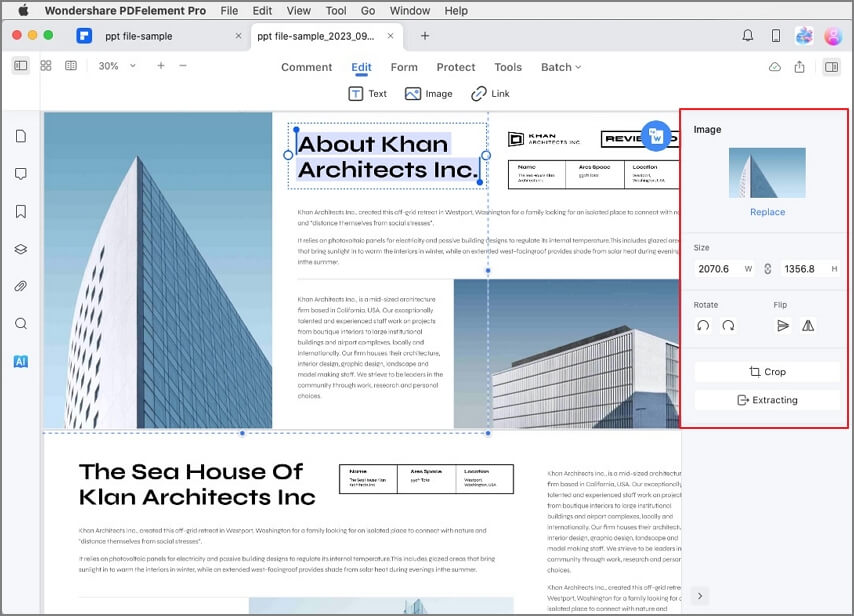

- #Mac os alternative for free#
- #Mac os alternative mac os#
- #Mac os alternative update#
- #Mac os alternative software#
Aside from the leak of the minor version update R5.1 “Dano”, official production on BeOS was shuttered for good. laid off the majority of its employees in 2001 and sold the company’s assets to Palm, Inc., who decided not to pursue the project further.
#Mac os alternative for free#
The company finally resorted to giving BeOS away for free and focusing on BeIA, a version of BeOS meant for use on internet appliances - but even that pivot wasn’t enough to save the project or the company. BeOS was then ported to the more commonplace x86 architecture to cope with this change, but sales continued to decline.
#Mac os alternative software#
With the lack of an acquisition, Be’s hardware was left in a state of commercial unviability after only about 1800 units sold, the company was forced to shift its focus on the software rather than hardware. The Sony eVilla, one of the appliances designed to run BeIA software. Of course, that deal included Steve Jobs in the package, something Be Inc.

Later that year, Apple would announce that they were buying NeXT for over twice that amount ($425 million USD). Gambling on a new technology, the company low-balled an offer of only $125 million USD, which Be executives refused. employees, Apple wasn’t so set on the deal.
#Mac os alternative mac os#
The object-oriented BeOS did everything Apple wanted the new Mac OS to do, and more.

Now on the lookout for outside sources for their next operating system, Apple showed interest in acquiring Be Inc., which was rapidly gaining notoriety as a company pioneering new desktop computing paradigms. By 1996, after missed deadlines and dysfunctional management, the project was deemed unviable and was cancelled. The company invested efforts into the development of a successor, codenamed Copland, to be released as System 8. In 1994, Apple’s System 7 was showing its age. This connector was an experimental electronic-development oriented port, featuring power pins, two bi-directional 8-bit lanes and D/A and A/D converters, doing its name rightful justice. On top of that, it offered interfaces no other home computer at the time had as standard: two MIDI I/O ports, multiple line-level audio channels and a connector dubbed “Geekport”. To emphasize the innovation of having two distinct processor cores, the front of its creatively-shaped case had two stacks of LEDs called “Blinkenlights”, each one of them displaying the current load of each CPU. The BeBox finally debuted in October 1995, sporting a dual-PowerPC architecture clocked at 66 MHz each, with 133 MHz models following a year later. A PowerPC BeBox, including the Blinkenlights at the lower left and right of the case. quickly shifted its development to a PowerPC-based system instead, which would become the BeBox we know today. However, since AT&T stopped the production of the chip, Be Inc. The Hobbit was a short-lived RISC processor specifically designed for the C language. In a time when dual-core computers were still a distant dream, the very first BeBox prototype was already being developed as a dual-processor AT&T Hobbit system. The main strength pushed by its developers was the multimedia support the platform offered: not only was the operating system designed in such a way that audiovisual formats were easy to work with, but also the hardware itself was built with a variety of I/O ports to accommodate such work. In a way, it was forward-thinking enough that if you look at a screenshot of it today you’d swear it was just any other modern Linux environment, ’90s graphical aesthetic aside. The features it introduced that were brand new at the time are now ubiquitous - things such as preemptive multitasking, journaling filesystems and an uncluttered desktop design. did.īeOS was, at the time, a foray into a new way of doing home computing. Meet The BeOS Could you imagine emailing someone a video file in 1995? Be Inc. They called it Be Inc, and their goal was to create a more modern operating system from scratch based on the object-oriented design of C++, using proprietary hardware that could allow for greater media capabilities unseen in personal computers at the time. He then also formed his own computer company with the help of another ex-Apple employee, Steve Sakoman. In 1990, Jean-Louis Gassée, who replaced Jobs in Apple as the head of Macintosh development, was also fired from the company. However, Jobs’ path wasn’t unique, and the history of computing since then could’ve gone a whole lot different. Apple then bought NeXT and their technologies and brought Jobs back as CEO once again. You’re likely familiar with the old tale about how Steve Jobs was ousted from Apple and started his own company, NeXT.


 0 kommentar(er)
0 kommentar(er)
